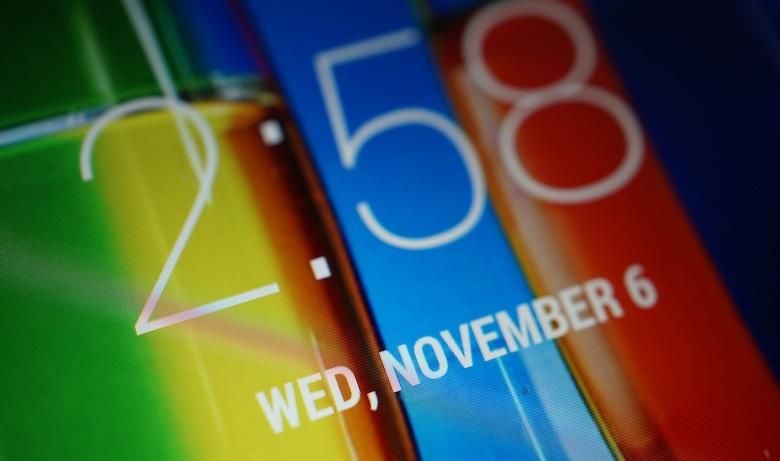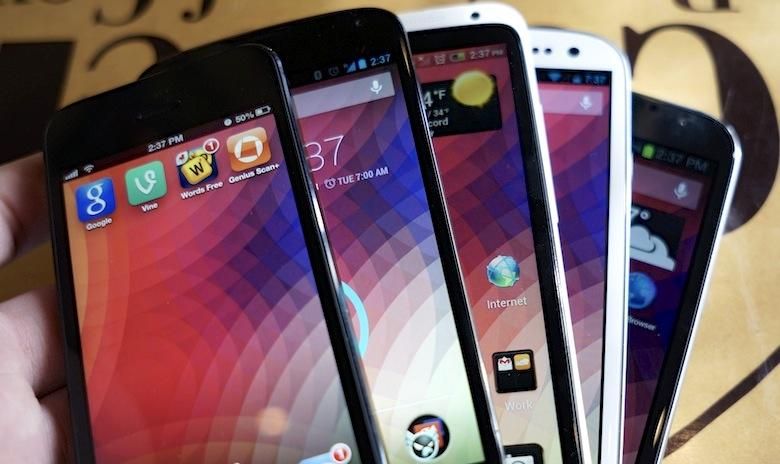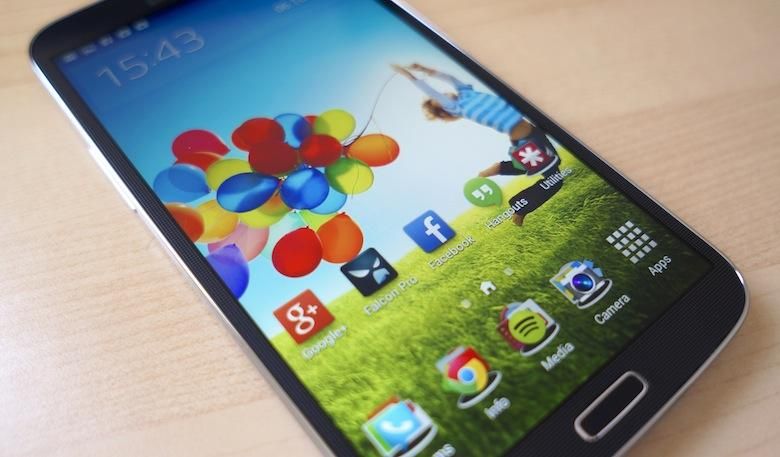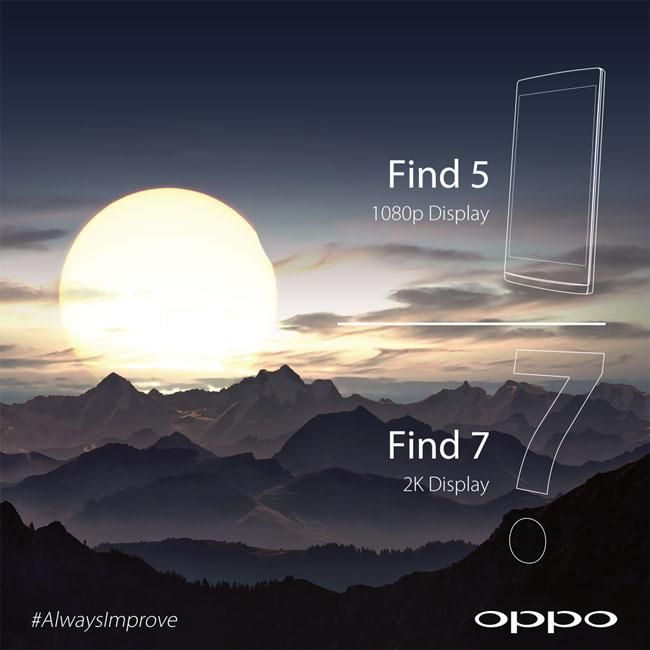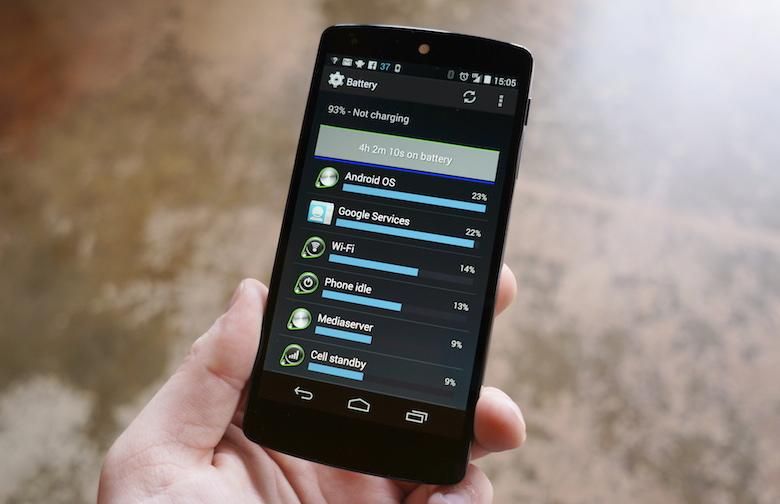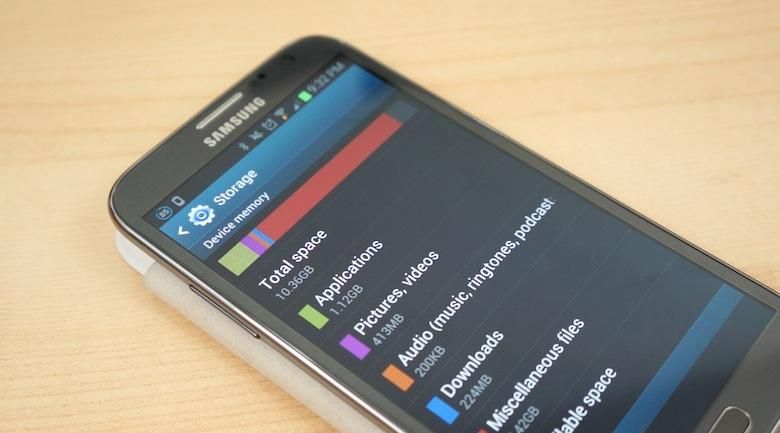I remember my reaction when the first 1080p smartphone – the HTC J Butterfly, which later came to the US as the DROID DNA – was officially announced.
I couldn’t believe a 1080p display in a 5-inch device was actually happening. I had been reading about such high-res displays in rumors for months, but I assumed it would be at least another year before an OEM actually upgraded to a full HD screen.
I also whimsically joked about the first 4K smartphone, not knowing how probable that would actually be in the years ahead.
HTC had just released the first smartphone with a 720p display just 13 months earlier, the HTC Rezound, which was followed by Google’s third-generation reference device, the Galaxy Nexus by Samsung, and a plethora of other 720p devices.
Truthfully, most found 720p on a smartphone to be more than sufficient. Video playback was clearer than it had ever been before. The edges of icons and text looked crisp and smooth. And some of the most beautiful smartphone displays we’d ever seen, the 720p S-LCD2 display in the HTC One X and Super AMOLED panel in the Galaxy S III, followed shortly thereafter.
And as expected, people questioning 1080p in smartphones littered the Web. And they still do, believe it or not. People ask whether 1080p is necessary, or if 720p is enough, insisting the benefits of a 1080p display are few and far between. I was guilty of this at first, too.
The jump from WVGA to 720p was a significant improvement, and helped Android manufacturers (finally) break the 300ppi threshold. However, the move from 720p to 1080p is far less beneficial, particularly on reasonably-sized smartphones.
Of course, the big phone boom of 2013 made a strong case for 1080p resolution displays. Between late 2011 and 2013, smartphones grew substantially in size – from just over 4-inches to most high-end smartphones nearing or exceeding 5-inches last year. And several manufacturers released smartphones in 2013 which pushed boundaries of what separates smartphones from tablets, 6-inches and beyond.
This very phenomenon explains why 1080p is necessary in some phones – to keep the pixel densities close to what we have grown accustomed to. The Butterfly held a pixel density of 441ppi. If it were only a 720p display, that density would be far less respectable at 294 pixels per inch. Likewise, a 6-inch smartphone with a 1080p display bears a resolution of 367ppi. Yet LG’s flexible flagship, the G Flex, offers a low density of just 245ppi.
Unlike naysayers, I feel there is a place for 1080p and higher display resolutions in the mobile market. And, yes, the visual improvements of 1080p over a 720p display are noticeable, even at a short distance. Our own Stephen Schenck does a great job of explaining that and making a case for even the forthcoming generation of mobile display technology: 2K.
Oppo has officially teased and confirmed its upcoming Find 7 will sport a 2K display. And that’s only one of the many rumored 2K smartphones on the horizon, like Samsung’s Galaxy S 5.
And here we are again, wondering whether 2K has a place in this world. I could honestly go either way, detailing why 2K smartphone should – or should not – exist. The price-to-benefit or performance-to-visual improvement ratios are both unknown and questionable at the same time. Without seeing a 2K display in person, I’m not willing to vet for them or vote against them.
That said, I can confidently say this: I don’t want a 2K smartphone.
Not yet, anyway. It’s not because I hate new technology, don’t believe display technology shouldn’t be improved upon, or even that having over-the-top displays is stupid. Quite the contrary, actually. I’m a pixel junkie at heart, which is why I would never remotely consider using a G Flex outside a review, and why the mere thought of 2K mobile displays makes me weak at the knees.
But I also firmly believe there are more important things for manufacturers to take care of before moving on to a new technology, even for smartphones pushing beyond the 6-inch threshold.
For instance, current display technology isn’t perfect. Color gamut, viewing angles, brightness (especially under sunlight), contrast, and black levels are hurdles some manufacturers have yet to clear. But the problems with current-generation smartphones stretch far beyond pixels, subpixels, and their quality.
Battery life, for example, is an ongoing issue few would argue against; storage space, as resolutions continue to climb and expandable storage is forgone, is a growing problem; heat dispersion is also a rising concern with backlighting and more powerful chipsets; and camera, speaker, and call quality are far from perfect.
Display technology isn’t flawless either. But most manufacturers offer displays which are far beyond what we consider sufficient or passable. They’re great, amazing, beautiful, and excessive, even at 1080p. Moving up to 2K isn’t a bad idea, it’s just a premature “innovation” which has been fueled by the never-ending desire to go bigger, better, and beyond.
I would rather see manufacturers iron out the existing kinks before creating new ones.
I currently carry a phone with a 720p display as my daily driver, and I have no complaints about its display. Not only that, I would prefer a larger battery, more inbuilt storage, and a better camera over a marginally better display.
1080p is sufficient up to as much as 6-inches. Beyond that, I understand why 2K might currently be a good idea. But for the vast majority of smartphones and smartphone buyers, 720p and 1080p are adequate for any and all needs.
None of this means I don’t want a better display down the road. But upgrading to 2K so soon (especially when there is so little content) doesn’t currently make sense. I’ll stick to 720p and 1080p for now.
What say you? Do you look forward to 2K smartphone displays, unheedingly? Or do you think giving precedence to essentials like battery life or storage space, are more important? Nobody says you can’t look forward to 2K but want a more practical upgrade at the same time. Share your thoughts on 2K smartphone displays below!

